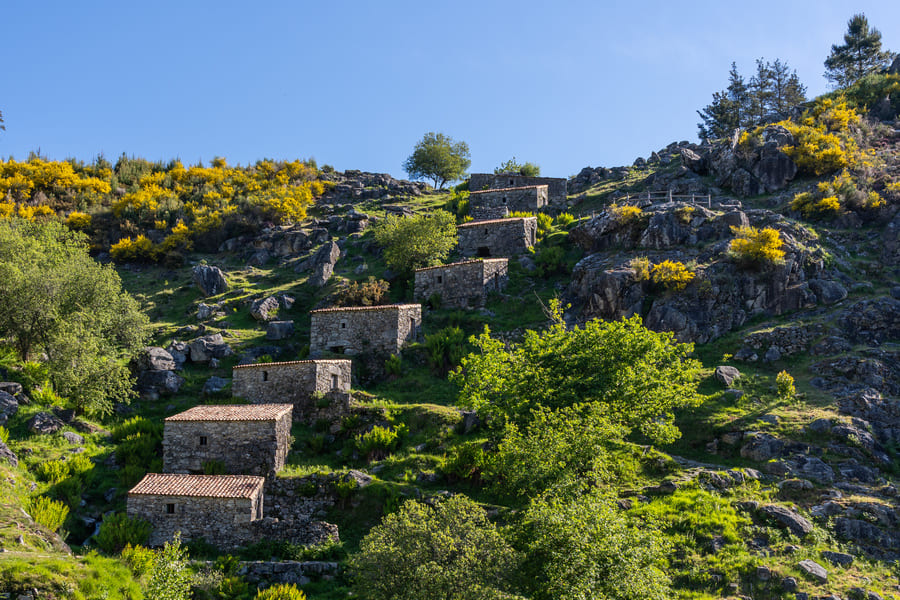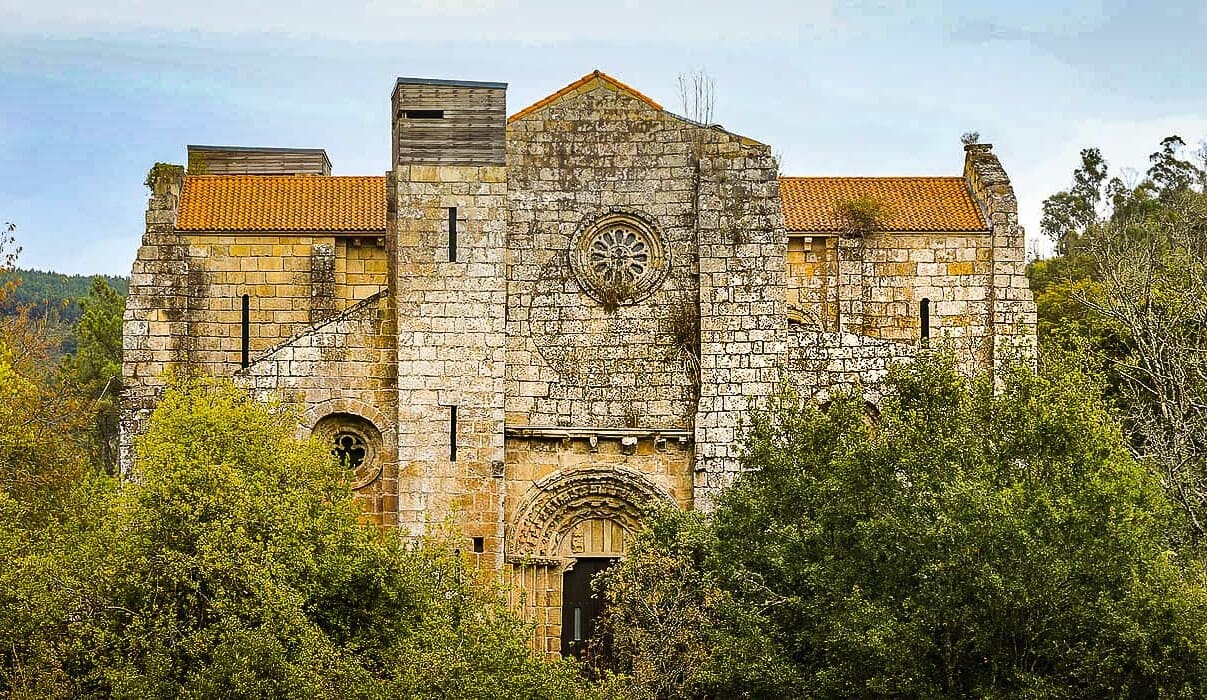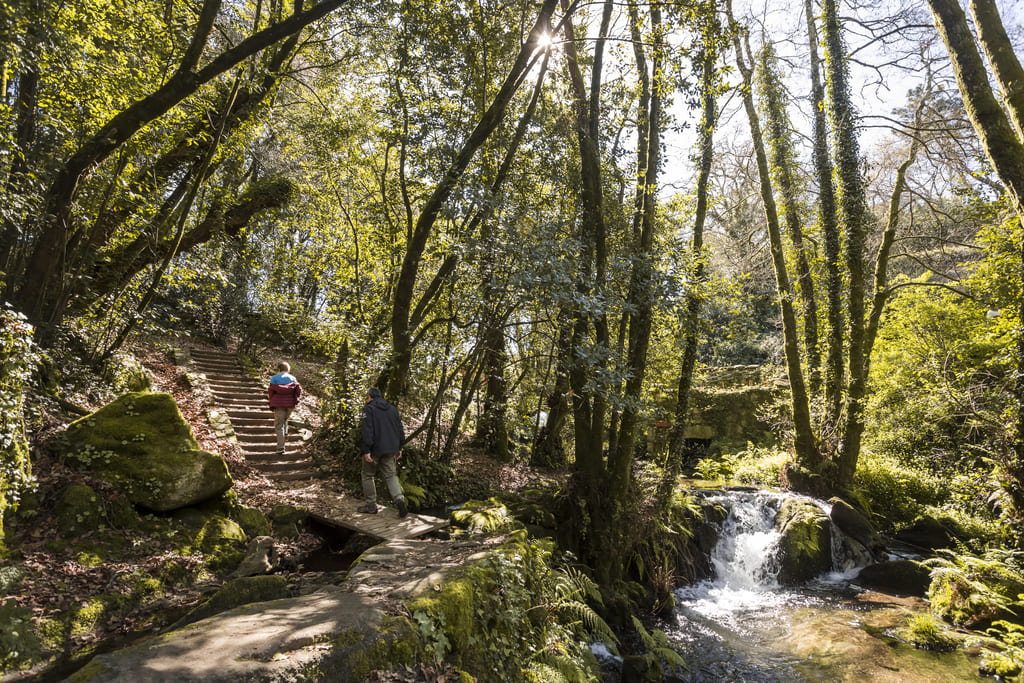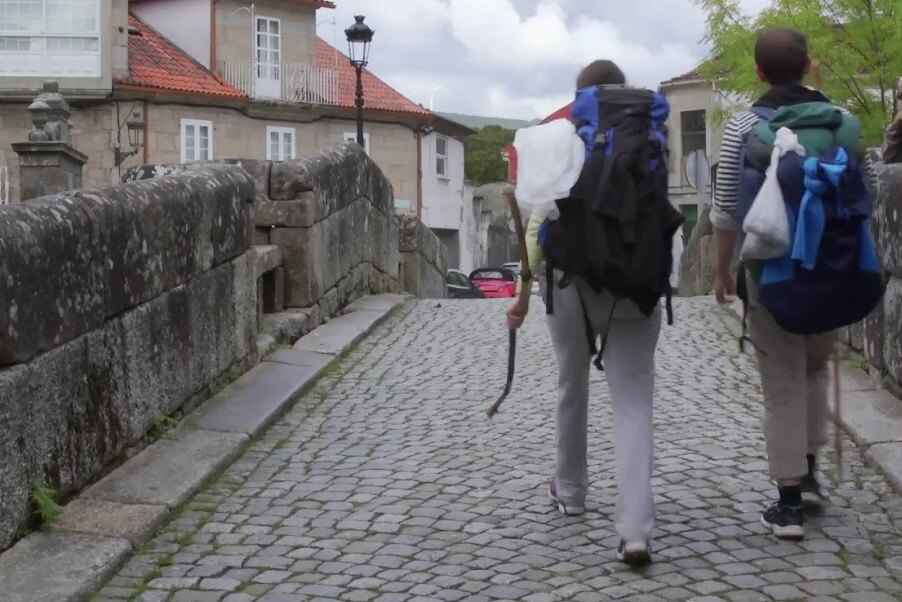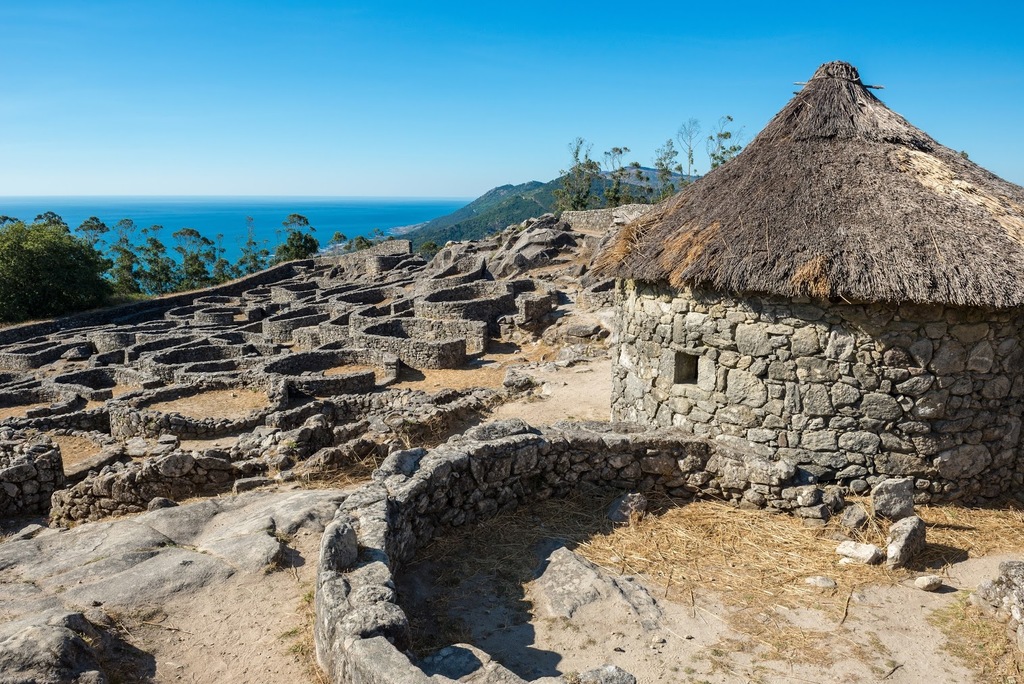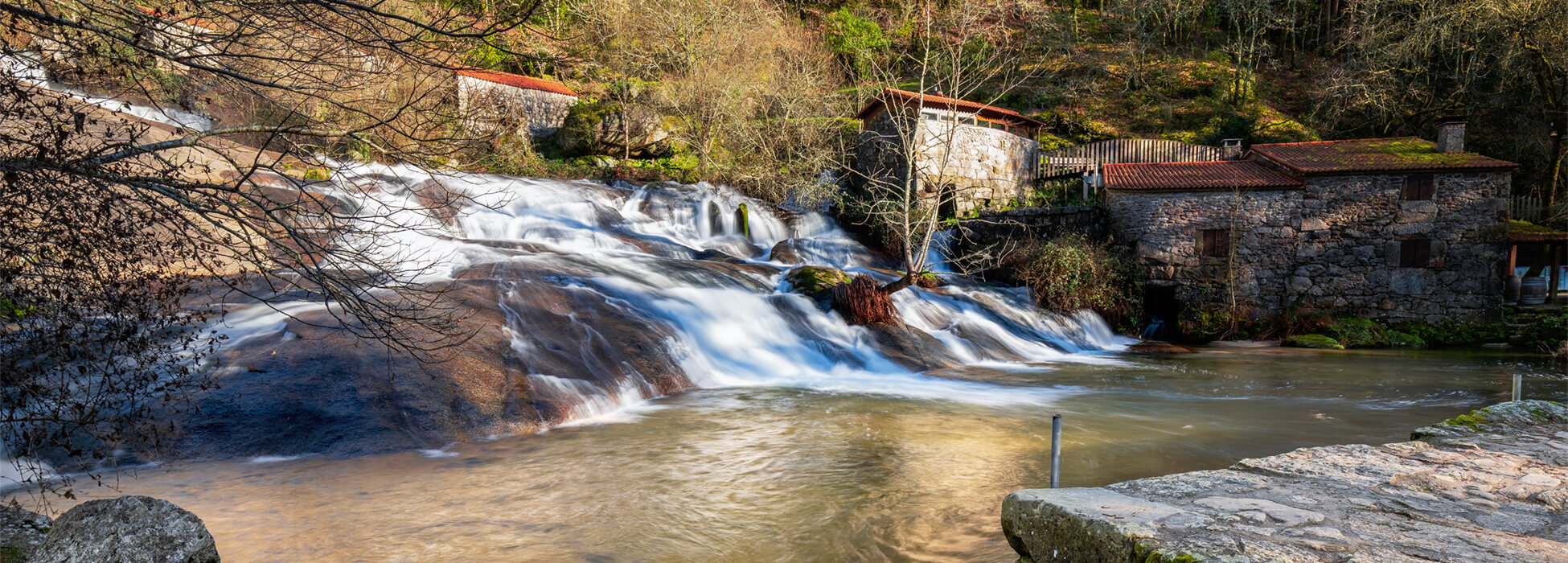
Strolling around centenary mills
Let yourself be captivated by the water flow and the wind force of the mills in As Rías Baixas and discover a centenary heritage close to the sea and on mountain peaks
They are present in the Galician medieval poetic songs, known as cantigas, dances, sayings and legends. The old mills that are scattered throughout the province of Pontevedra had provided the sustenance to the people for about two centuries and now they are part of the Galician popular culture. Today, they are valuable examples of the rich ethnographic heritage of As Rías Baixas. Let yourself be captivated by the natural beauty of the landscape.
Pontevedra still preserves water, wind and tidal mills that were used by the locals to grind the grain. You will be impressed by their architecture, their location in magical places and their singular machinery. One of the most important examples of this type of constructions is the group of seventy mills known as Mills of O Folón and O Picón, in the town of O Rosal, recognised as Heritage of Cultural Interest.
Don’t miss ...
- Mills of O Picón and O Folón
- Natural area of the Barosa River
- Mills of Serén
- Mills of Samieira
These mills are located on hillsides that serve as a magnificent viewpoint overlooking the town, the Santa Trega Hill and the Miño River. Then, if you head inland, in the Ethnographic Park Muíños da Rocha (Arbo) you can visit four reconstructed water mills.
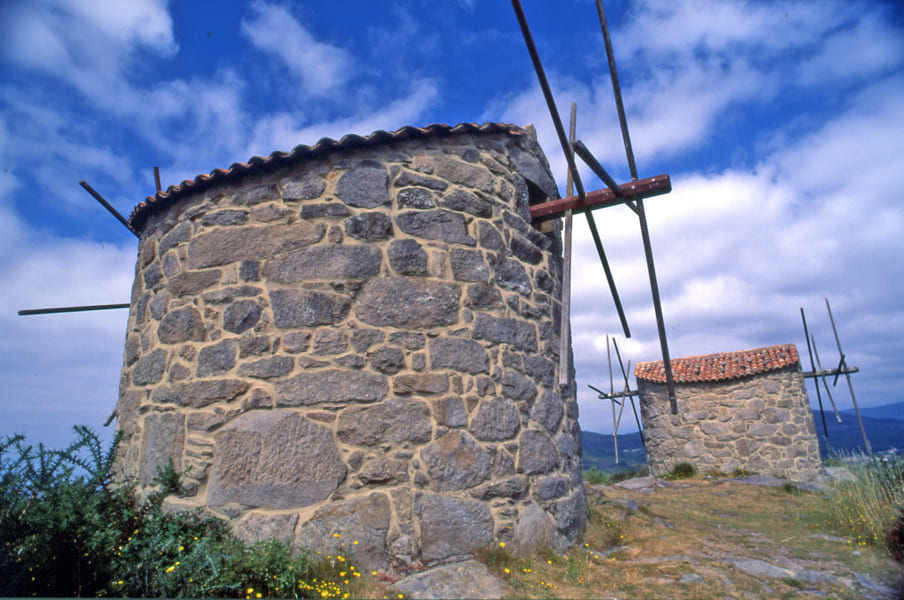
Atlantic winds
In Catoira, you can also visit one of the few windmills in Galicia: the mills of Abalo, which are provided with the only two-sail system in Europe. They are part of an exceptional ethnographic complex on a hill with stunning views of the coastal inlet Ría de Arousa and the estuary of the Ulla River . Once on the top, you cannot miss the curious Pedras Miúdas Lagoon just a few metres away and formed on the basin of an old abandoned mine.
You can also walk the Ruta da Pedra e da Auga (Route of Stone and Water), between Ribadumia and Meis, filled with mysticism, and visit the restored mills of Serén and its peasant village carved in stone.
The mills of O Picón and O Folón offer visitors beautiful panoramic views of the Santa Trega Hill and Miño River
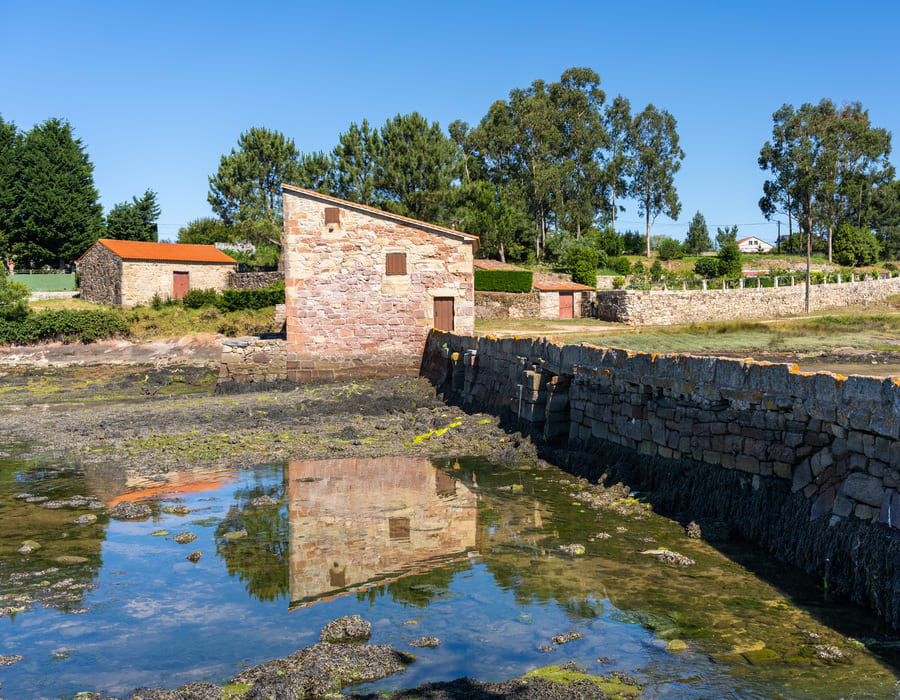
Nearby, in Barro, it is worth visiting the natural area of the River Barosa, formed by 17 mills on a 30-metre long slope and a cascade.
In addition, in the town of Catoira, which boasts an important ethnographic heritage in As Rías Baixas, is the only municipality in Galicia where the three types of mills coexist. There, the 45 mills on the banks of the Freixeiro River are worth visiting.








